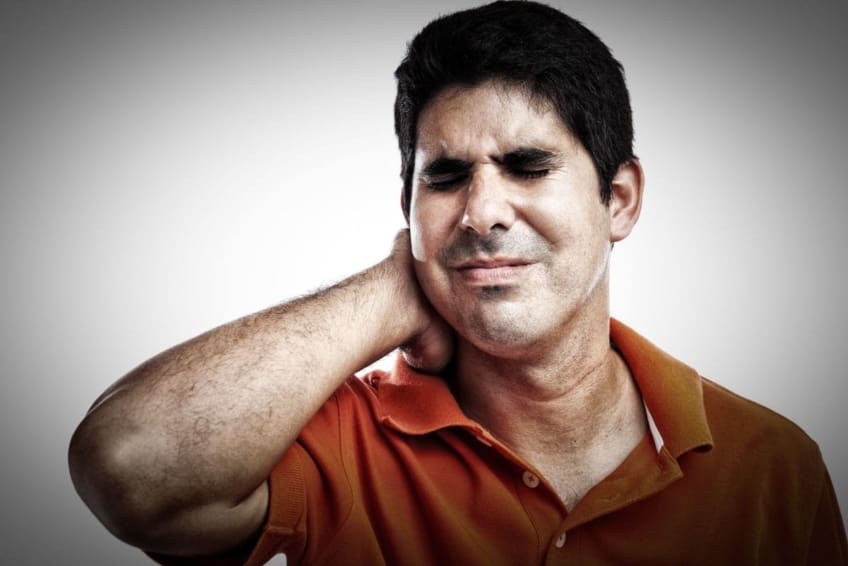
What is cervical spondylotic myelopathy (CSM)?
Your spinal cord is a group of nerves that runs from your head to your lower back. The cervical spine is the part in your neck. Cervical spondylotic myelopathy (CSM) is a compression of the spinal cord in your neck. A compression of the spinal cord means pressure, pinching, or squeezing on it.
CSM often affects adults 40 years or older. It can affect younger people born with narrow spinal canals and men at an earlier age than women.
Symptoms of cervical spondylotic myelopathy
Symptoms of CSM are wide-ranging and occur over time. They can include:
- Neck pain or stiffness
- Arm pain
- Numbness in your hands or weakness of your arms and legs
- Trouble using your hands or walking
- Loss of bladder or bowel control
What causes cervical spondylotic myelopathy?
Changes in the bones, discs, and ligaments of your spine as you age can cause pressure on the spinal cord. Sometimes growths called bone spurs add pressure to the spine. These changes often occur due to normal aging. Rheumatoid arthritis can also cause CSM as well as spinal cord trauma.
How is cervical spondylotic myelopathy diagnosed?
Your doctor will do a physical exam and review your symptoms. They will look for changes in your feeling, strength, and reflexes. Your doctor also will do a magnetic resonance imaging (MRI) test. This uses radio waves to take pictures of your spine. The test can confirm if you have spinal cord compression in your neck. It also can show other problems that have similar symptoms to CSM. Your doctor may have to do other tests to confirm the cause of CSM. One of these tests may be a CT scan. They also may refer you to an orthopedist or neurosurgeon.
Can cervical spondylotic myelopathy be prevented or avoided?
You can’t prevent CSM. It’s caused by a natural breakdown of the body as you age.
Cervical spondylotic myelopathy treatment
Mild cases of CSM can be treated with neck braces, physical therapy, and pain relief medicine. These treatments help some symptoms but may not provide long-term relief. They also don’t help other symptoms, such as weakness or numbness. Severe cases may require surgery. This can help reduce or relieve the compression of your spinal cord.
Living with cervical spondylotic myelopathy
CSM can get worse if left untreated. Talk to your doctor to create a treatment plan to manage your symptoms.
Questions to ask your doctor
- What types of medicines are used to treat CSM? Do they have side effects?
- What can I do to ease the symptoms of CSM?
- What can I do to prevent CSM from getting worse?
- Can CSM be a sign of another health condition?
Resource
American Academy of Orthopaedic Surgeons: Cervical Spondylotic Myelopathy (CSM)
![]()
Copyright © American Academy of Family Physicians
This information provides a general overview and may not apply to everyone. Talk to your family doctor to find out if this information applies to you and to get more information on this subject.



